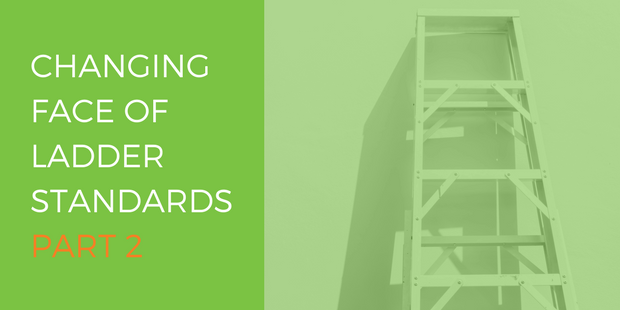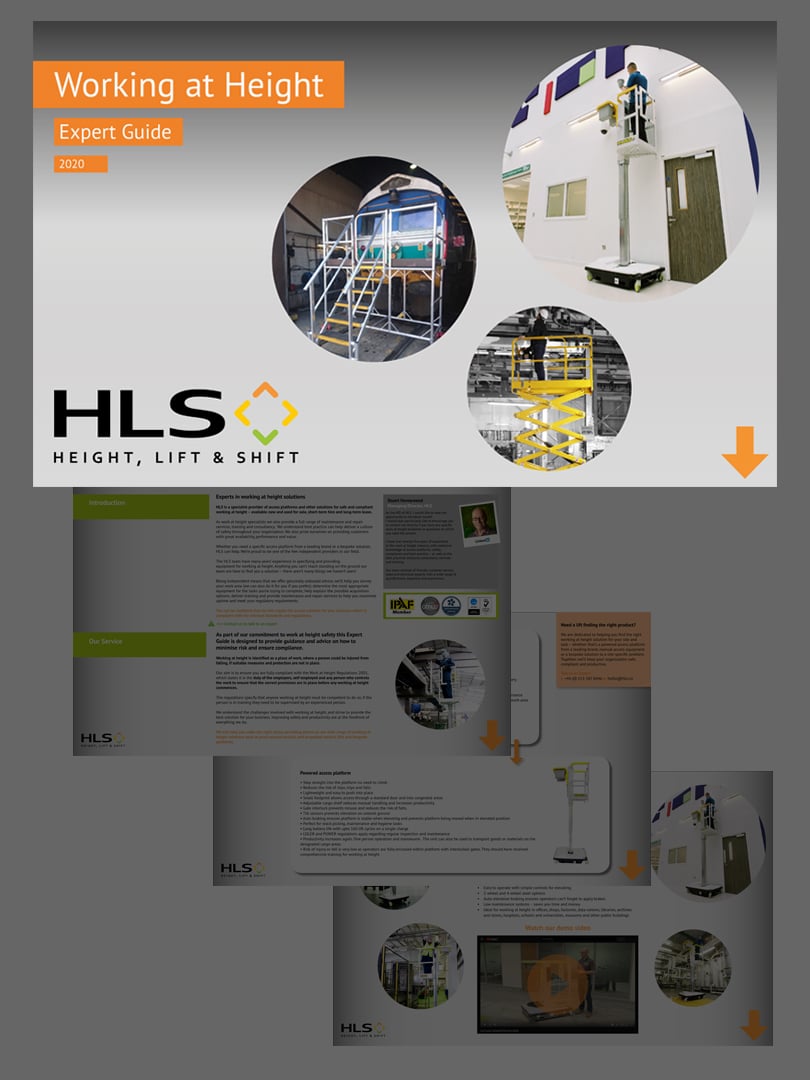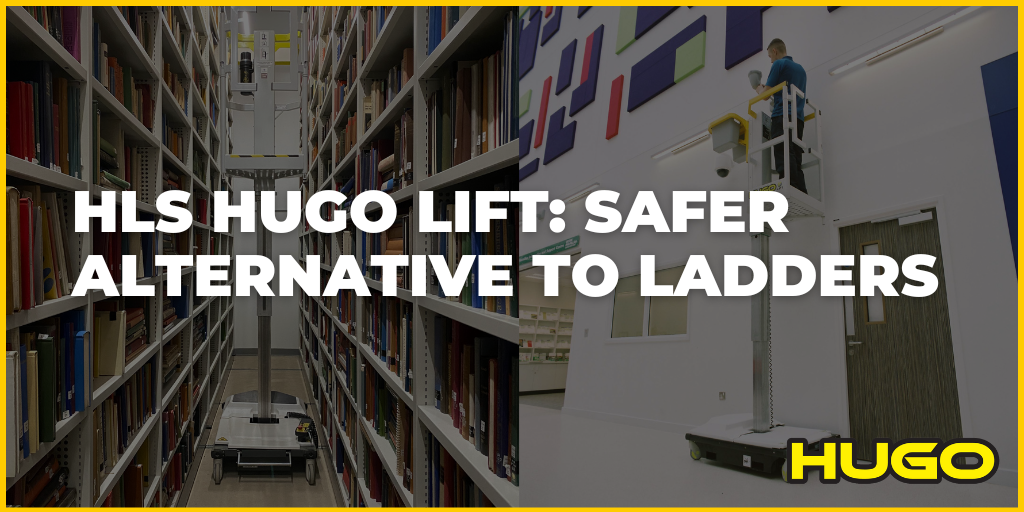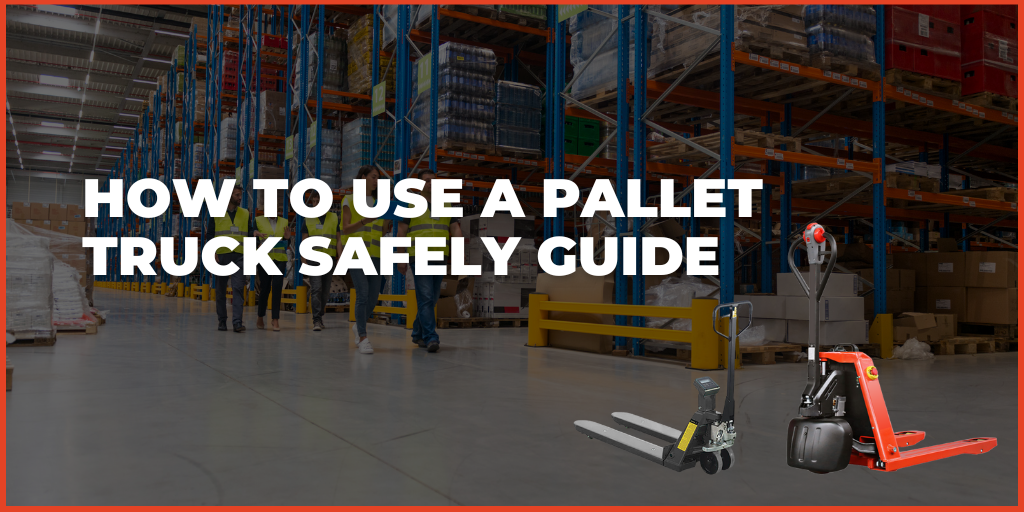In part one of this two part blog series we considered the five key changes under EN131 which is the new standard for steps and ladders which was introduced in November 2017. In this blog we will cover what to do with old ladders and steps, and also talk about associated standards which are useful to be aware of.
Can I Still Use Old Ladders?
The first thing of importance to note is that ladder standards including EN131 are optional in the UK. However, since the UK was integral to development of EN131, Trading Standards and the HSE will expect compliance. Whilst the standards are EU wide, there is no reason to suspect any change post Brexit.
The new standard does not automatically make old products that were compliant with the earlier standards unsafe. However, products that are compliant with the new standards will in simple terms be safer and more durable. The BSI Group have indicated that they expect there to be a three year transition period, rather than the usual 12 months. A key reason for this is that the manufacturers will also need ample time to design and test products before submitting them for independent testing to gain EN131 compliance certification. Don’t forget firms are unlikely to be equipped for the new testing requirements and will therefore need to develop new in-house testing facilities. On this basis, the BSI Group have said they are expecting ladders and steps made to previous EN131 and BS 2037 to continue to be on sale in the short to medium term, even after these standards are withdrawn at the end of 2017.
Associated Standards
The aim of the European Union through CEN is to standardise regulations for member countries, with the view of making business relationships more harmonious and break down barriers to cross border trading. There are related standards being worked on including EN131-4 that covers hinged ladders. At present there are no standards for roof ladders, so BS 8634 is in development to cover that gap.
In Summary
The changes introduced by the revised EN131 standards represent the biggest shift in a quarter of a century. Don Aers, the Ladder Association’s technical manager and chair of its Technical Committee commented: “The changes reflect the collective experience and expertise of many contributors over an extensive period. They improve ladder design and safety and are therefore to be welcomed.” However it has been made clear that the standards do not apply retrospectively and there is expected to be a 3 year transitionary period while businesses (both in production and purchasing) adjust to the new standards. That means that ladders made to the old standards will be in use and also available for purchase for the foreseeable future.
If you have any questions about the new standards, please give us a call or drop us an email.
For guidance on when to use laders and how to use them safely read http://www.hls.co/blog/when-to-use-ladders-and-how-to-work-safely-on-them
Source





